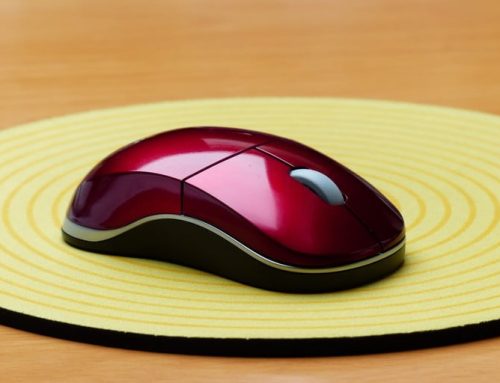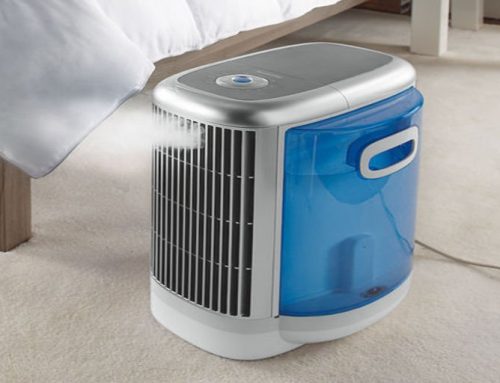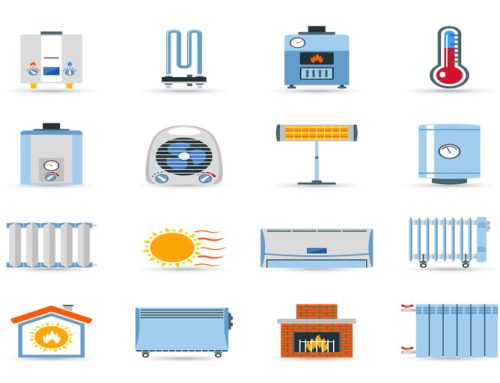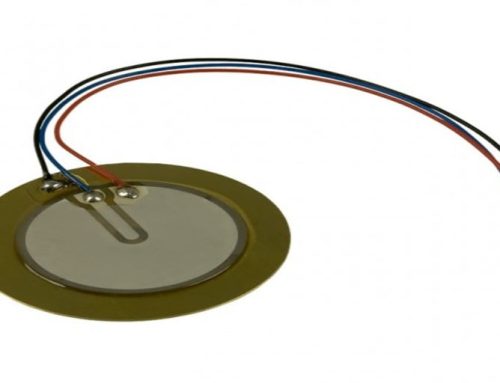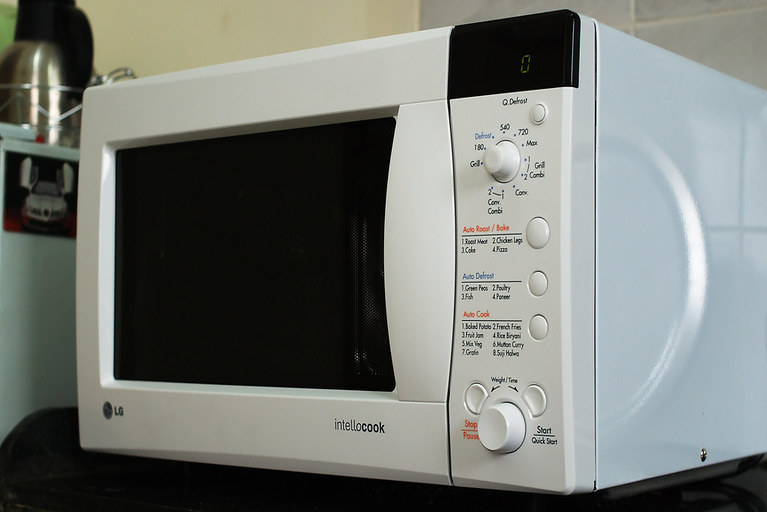
In-home appliances ‘Microwave Oven’ is a milestone. It began humming and heating home kitchens till the 1970s. It seems to be a magical box that spins and heats food by invisible electromagnetic waves or microwaves.
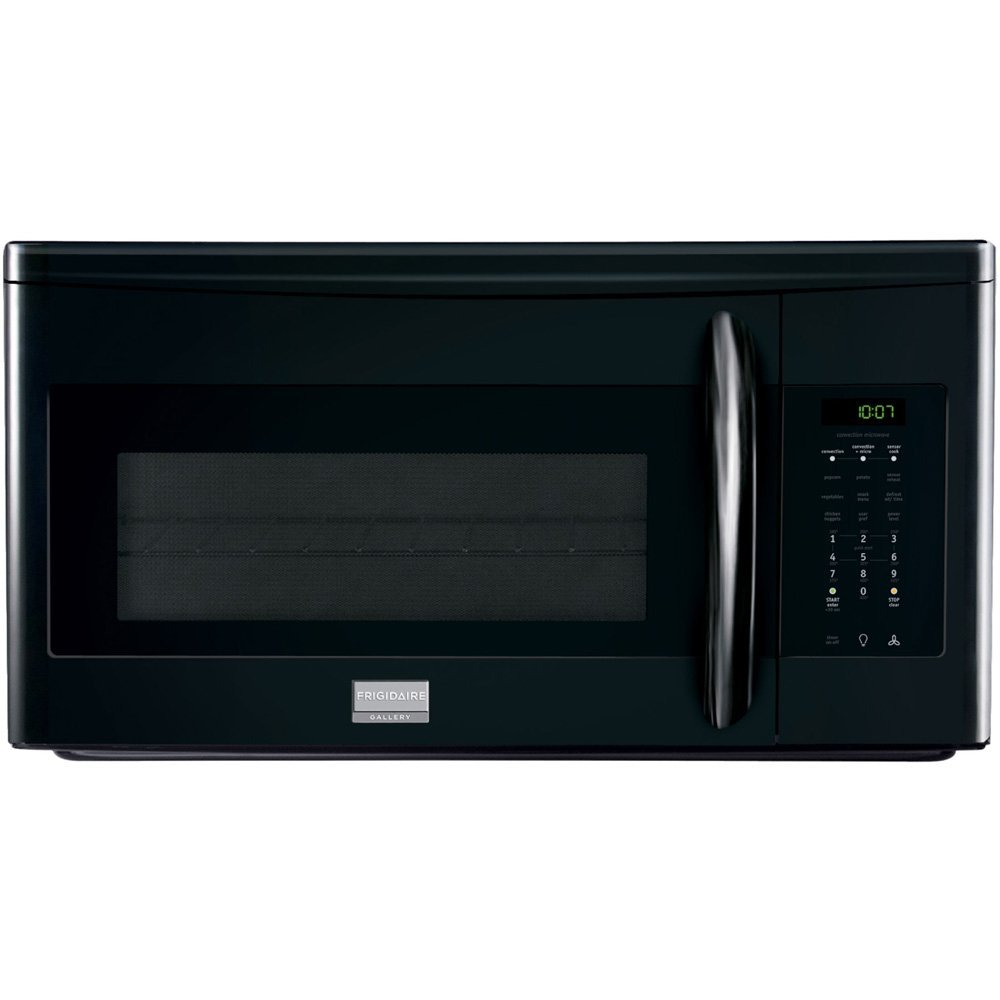
Microwave Oven
Microwave ovens cook foods by injecting them with, microwave – a form of energy. Microwaves are kind of electromagnetic waves which frequency range is greater than 1 GHz.
In simple terms, it can vibrate food molecules (food molecules should contain water, sugar, and fats) approximately at speed of 106 times in one second.
That’s how it generates heat in our food.
The story behind Invention:
Like many great accidental inventions, microwave ovens were one of them. In the 1950s, an American electrical engineer Percy Spencer was carrying out some experiment with a magnetron at their company. In those days magnetron was being used to generate microwave for RADAR (Radio Detection and Ranging). That day Percy Spencer had a chocolate bar in his pocket when he was carrying their experiment. He was surprised, the bar quickly melted because of the heating effect of the microwave (which was generated by a magnetron tube). This incident gave him the idea that a magnetron might be used to cook or backed the food in our kitchen.
Spencer’s early equipment was relatively crude compared to modern wipe-clean and programmed microwave ovens. Since then, microwave ovens have become much more compact and portable; millions of them have been sold throughout the world.
Let’s look inside the microwave oven, those made it:
- Cavity
- Main chassis assembly
- Front panel
- Magnetron tube
- Waveguide as antenna
- Stirrer fan
- Control circuitry and motors
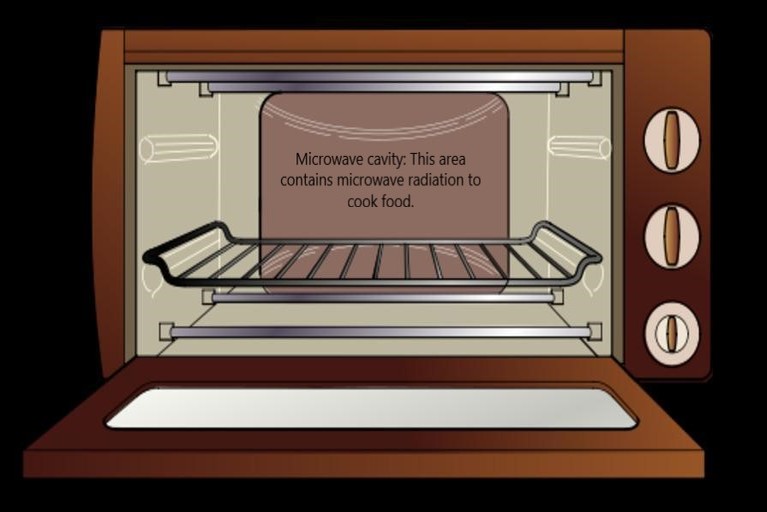
Microwave oven cavity
Cooking cavity:
A microwave cavity or radio-frequency cavity is a special type of resonator, a large closed metallic structure, that confined electromagnetic or microwave radiation within the oven.
Main chassis assembly:
The main chassis is placed on the pallet (thatched or chaff), and the cavity is screwed onto the chassis. The door of the microwave oven is attached to the cavity and chassis. Then magnetron tube (it generates microwave in the oven) is bolted to the side of the cavity and the main chassis. The microwave oven is completely shielded to prevent leakage of microwave radiation. That’s made safe use to the microwave oven.
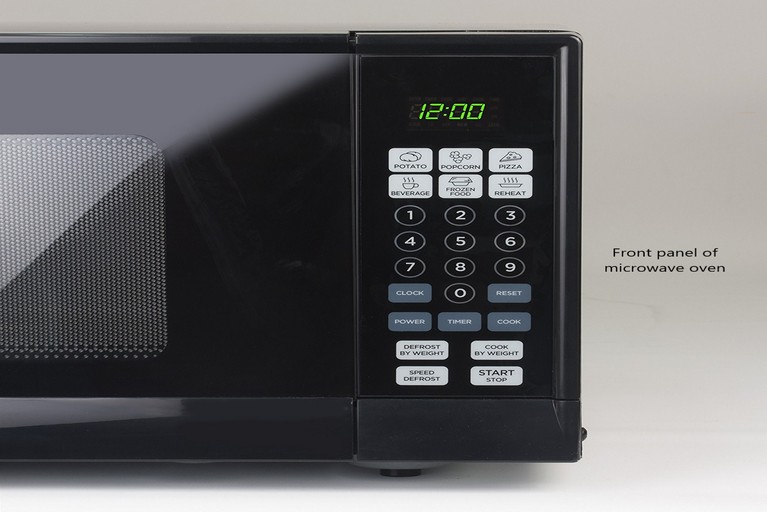
Microwave oven front panel
Front panel:
The front panel in the microwave oven allows the microwave user to select several settings and features available for cooking. This unit is attached to the main chassis and has some push buttons to select its setting.
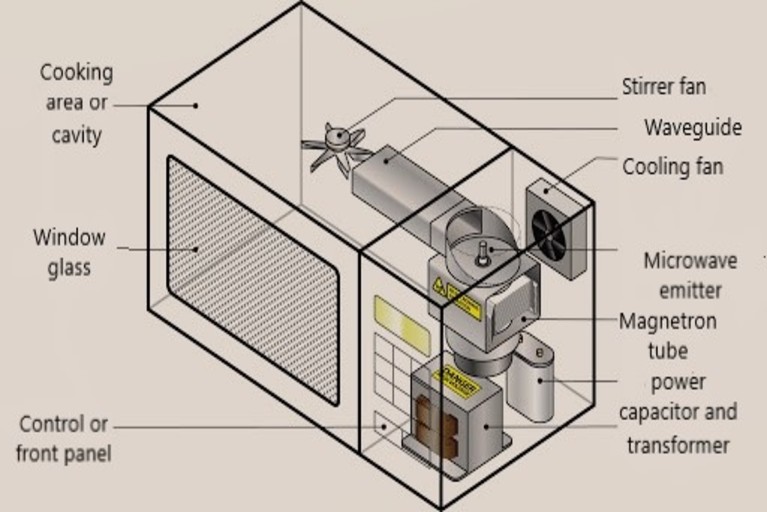
Microwave oven internal structure. In this diagram we can see several microwave oven units like cooking cavity, magnetron tube, waveguide, stirre fan, etc.
Magnetron tube:
Magnetron tube assembly consists cylindrical cathode, a heating filament to heat the cathode, a metal anode, and an antenna. The heating filament, which is present in the center, is attached to the cathode, and the cathode is enclosed in the anode cylinder.
When filament heated the cathode plate, it emitted electrons. These electrons are controlled by magnetic fields. Controlled electrons are responsible to generate high-frequency microwaves. You can read magnetron tube working at this link.
Waveguide or antenna:
The waveguide is connected to the magnetron on top of the protruding antenna. A waveguide is a kind of microwave antenna and here it is responsible to transmit microwaves towards the Stirrer fan. Waveguide dimension in microwave oven depends on oven size and used microwave frequency.
Stirrer fan:
The stirrer fan is responsible to circulate the microwaves in the oven. It is mounted on top of the cavity or base for food. Some of the manufacturers use a pulley to drive the fan from the blower motor; whereas some of them use a dedicated stirrer motor to attach the fan. Once a stirrer fan is attached, a stirrer shield is screwed on the top of the fan assembly to protect the waveguide from dust and grease.
Control circuitry and motors:
In most of the microwave oven user is allowed to set time values. This timer feature is being set by using a control circuit. The Control board also has a timer bell that rings when the cooking cycle is complete and a light switch to view in the cavity. The control circuit also responsible to control the motor that rotates the food-plate.
How to microwave cook food that contains water, sugar, or fat. Here we focused on water contained foods.
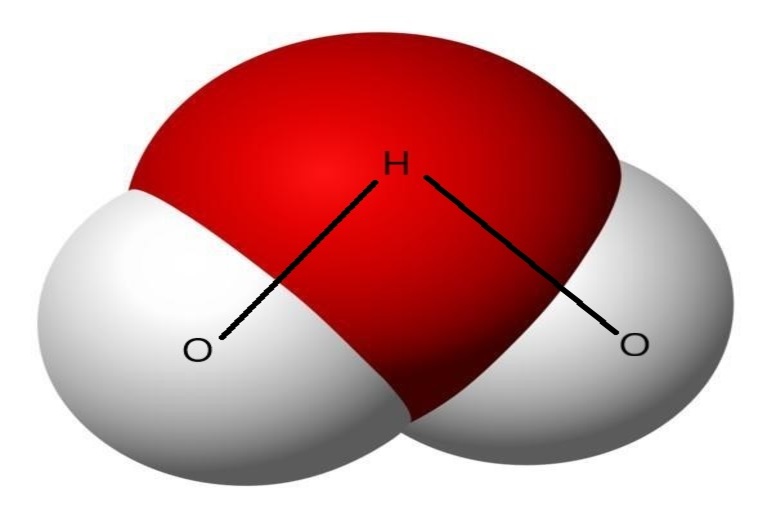
Water molecular structure
As we know water molecule contains two atoms of oxygen. Its molecule is shaped like an inverted ‘Y’; the two positive hydrogen atoms are squeezed together on one end, while the highly negative oxygen atom clings to the other end. As of result, one side of the water molecule becomes positively charged whereas the other end becomes negatively charged.
When microwaves (an alternating electric field with high speed) contact with this structure it affects the water dipole structure. As the electric field alternates the dipole’s alignment rotates.
The water molecules set in such vigorous rotation by the microwaves set in off other molecules in rapid rotation. As of result, every water molecule is excited and rotating. That’s vibrational energy dispersed and raises the temperature of the food item.
Thanks for reading. See you soon with another exploration!

